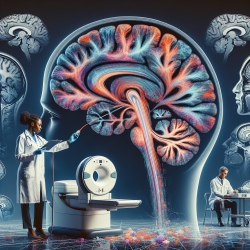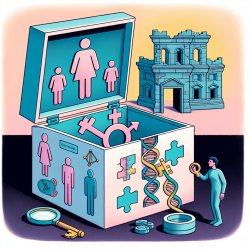Introduction
In the rapidly evolving landscape of healthcare, the integration of technology into medical practices is not just an innovation; it is a necessity. One of the most promising advancements is the application of Natural Language Processing (NLP) in the analysis of radiology reports, particularly in the context of breast cancer. This blog explores the findings from a recent scoping review that examined the use of NLP in breast cancer radiology reports, highlighting how practitioners can harness these insights to enhance their practice and encourage further research.
The Promise of NLP in Radiology
Radiology reports, often rich in unstructured data, hold a wealth of information that can be leveraged for improved patient outcomes. NLP, a subset of artificial intelligence, offers the tools to extract, analyze, and utilize this data effectively. The scoping review identified several key applications of NLP in breast cancer radiology reports:
- Cohort Selection for Clinical Trials: NLP can sift through large volumes of data to identify suitable candidates for clinical trials, thereby accelerating research and development in oncology.
- Quality Improvement: By automating the extraction of critical information, NLP enhances the accuracy and efficiency of radiology workflows, reducing the likelihood of human error.
- Data Registry Population: NLP facilitates the creation of comprehensive data registries, essential for epidemiological studies and healthcare planning.
Implementing NLP: A Path Forward
For practitioners looking to implement NLP in their practice, the review provides valuable insights into the methodologies and approaches that have shown promise. Here are some steps to consider:
- Start with Rule-Based Systems: These systems, while less flexible than machine learning models, require fewer data and are easier to interpret, making them an excellent starting point for institutions new to NLP.
- Explore Deep Learning Techniques: As your data capabilities grow, consider integrating deep learning approaches like convolutional neural networks (CNNs) and Bidirectional Encoder Representations from Transformers (BERT) for more sophisticated analysis.
- Focus on Data Sharing: The review highlights a gap in data sharing, which is crucial for the development of robust NLP models. Collaborating with other institutions can enhance the diversity and applicability of your data.
Encouraging Further Research
The scoping review underscores the importance of continued research in this field. Practitioners are encouraged to explore the following areas:
- Expand NLP Applications: While current applications focus on diagnosis and screening, there is potential for NLP to impact treatment and therapeutic processes.
- Address Data Limitations: Many studies face challenges with data quality and generalizability. Research aimed at overcoming these barriers will be crucial for the widespread adoption of NLP in radiology.
- Promote Interdisciplinary Collaboration: Combining expertise from oncology, radiology, and data science can lead to innovative solutions and breakthroughs in patient care.
Conclusion
The integration of NLP in radiology reports is a transformative step towards enhancing breast cancer care. By implementing the insights from this scoping review, practitioners can improve diagnostic accuracy, streamline workflows, and contribute to the growing body of research in this field. The journey towards fully realizing the potential of NLP in healthcare is just beginning, and with continued innovation and collaboration, the possibilities are limitless.
To read the original research paper, please follow this link: A scoping review of natural language processing of radiology reports in breast cancer.










